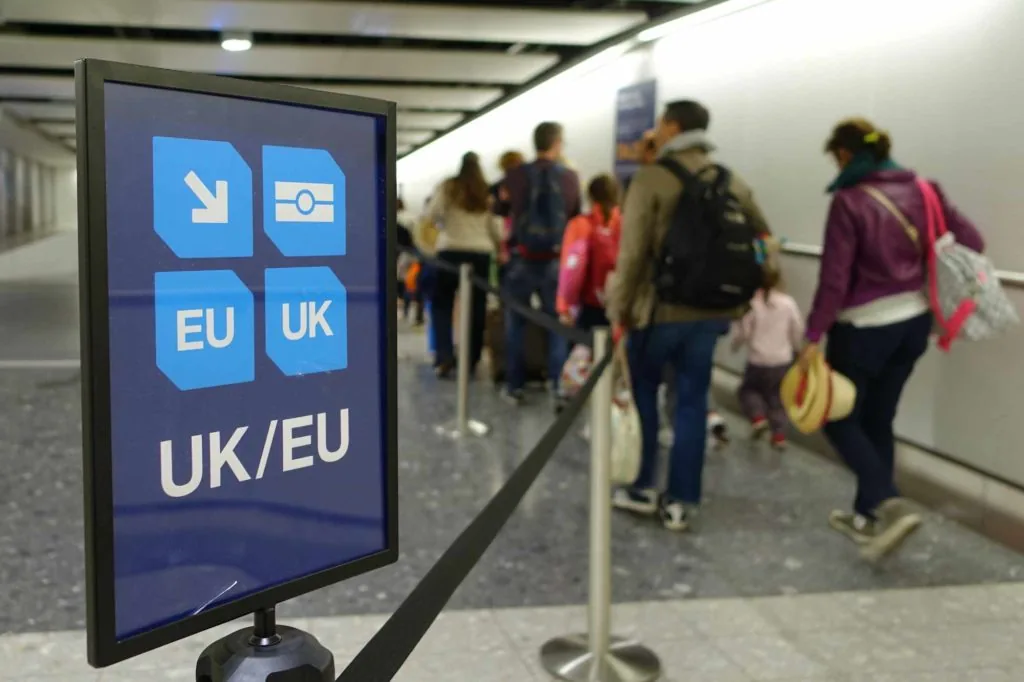
The updated Furlough scheme – what’s changed, and what’s stayed the same?

On 10 November 2020, the Government updated their guidance on the CJRS to explain how the furlough scheme will work from 1 November 2020 through to 31 March 2021.
The extension of the CJRS is based on amendments to the existing scheme which introduced the ability to flexibly furlough back in June. Many of the principles therefore remain the same. If you have already made use of the scheme (especially if you have already engaged with flexible furlough calculations) this will be more of a known quantity for your payroll teams.
The headline points and significant changes are as follows (between 1 November 2020 and 31 January 2021):
- You can furlough or flexibly furlough any employee (on any kind of contract) who was on payroll on 30 October 2020 (and on an RTI submission between 20 March 2020 and 30 October 2020) or any employee who left on or after 23 September 2020, was on payroll on 23 September 2020 (and on an RTI submission from 20 March 2020 to 23 September 2020) and that you have re-employed. They do not need to have been previously furloughed.
- As an employer you do not have to have made use of the CJRS scheme previously to participate any time between 1 November 2020 and 31 January 2021.
- You still need (for the purposes of the CJRS and employment law) to have agreed the furlough or flexible furlough with your employees. However, this can be retrospective for the period from 1 November 2020 provided that you get agreements in place by 13 November 2020 (otherwise the furlough will need to run from the date it is agreed).
- Government contribution will be reviewed in January 2021 but appears set, until the end of January 2021, at the level of 80% of normal pay for unworked hours capped at £2,500 per month (but pro-rated for flexible furlough), with employers covering NICs and employer pensions. It is therefore possible the Government might increase employer contributions towards furlough pay for the period February to March 2021.
- The Government appears likely to stop employers being able to claim under the CJRS for some or all periods of notice from 1 December 2020 onwards (with exact details on this change to be published later this month).
- Claims have to be submitted very quickly – within 14 days of the end of the month to which they relate.
- There are different (later) reference periods for pay and usual hours for employees who are 'new' to the scheme (because they were employed between 20 March 2020 and 30 October 2020). Employees who were on an RTI submission on or before 19 March 2020 still have the reference period and calculation method as it stood in August 2020 (i.e. referencing pay before 19 March 2020 or in the previous tax year). This could mean you have groups of employees on the same rate of pay who are entitled to different furlough pay (for example, where there has been a pay rise).
- From 1 December HMRC will publish the names of businesses who claim under the CJRS. Ostensibly this is an anti-fraud measure but many businesses will also need to consider the potential for any negative PR arising (whether fairly or not) from this.
- You can still furlough and claim for employees who are entitled to enhanced family-related leave and pay (you must subtract any statutory pay though). New rules however also state that an employee who wants to end maternity leave early in order to be furloughed must give 8 weeks' notice to do so before you can furlough them (and it is not immediately clear how these rules interact).
- You can furlough those who are Clinically Extremely Vulnerable. Furlough is not intended for short-term absence but you can furlough anyone who is on sick leave where you have business reasons for doing so (which we think means where they happen to be sick but part of a group you are furloughing for other reasons).











